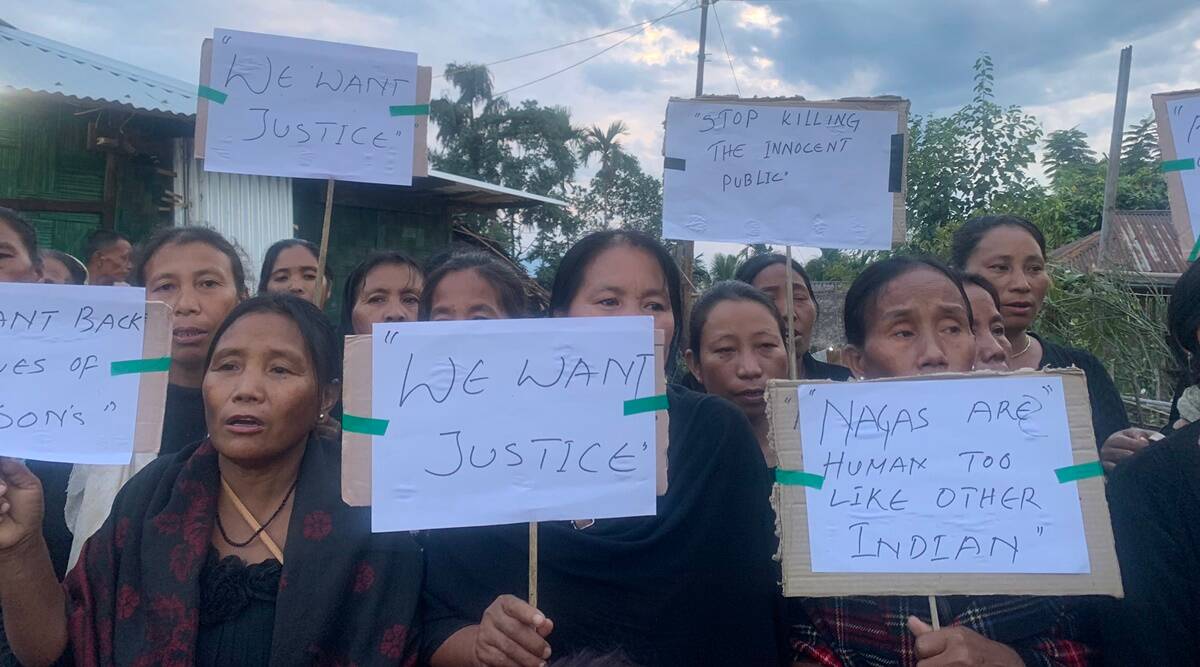Noted Indian journalist BG Verghese recollects memories about the North East, its people, their problems and solutions
I am greatly honoured to be invited to deliver the seventh Kamal Kumari Memorial Lecture. From the short film about Kamal Kumari Borooah just screened, she appears to have been a remarkable lady, imbued with great courage and determination. Her husband, Siva Prasad Borooah, a leading tea planter, founded the Assamese weekly, Sadinya Baatori, in 1930. This became a daily, the Dainik Baatori, five years later. It was a truly pioneering venture, especially as the paper was published from the family’s home in Thengal, a sleepy rural hamlet 20 miles from Jorhat. Siva Prasad died in 1938 but his young widow emerged from the shadows to run the family concerns. Dainik Baatori was scarcely viable and had finally to close down around 1946. Kamal Kumari was clearly a woman ahead of her times and must have been an inspiration to others.
My interest in the North-East goes back to 1951, shortly after commencing a career in journalism with The Times of India in Bombay. A friend living in Assam invited me to visit him; but more than that it was the allure of a motoring holiday from Guwahati to Kohima and Imphal that drew me here. I was fasci-nated by this new frontier-the mighty Brahmaputra, lovely tea gardens, the deep forests and enormously diverse people-and have returned again and again ever since.
In 1955, I was witness to the inauguration of the Naga-Tuensang Hill Area and was able to fly around the North-East Frontier Agency or NEFA, today’s Arunachal. It was easier to do so then than it is today, with Dakotas operating from old wartime landing strips that had been used to fly “the Hump”.
In 1962, I went to Bomdila and Se La as a war correspondent a couple of days before the Chinese broke through to the foothills. Tezpur was a ghost town on the fateful night of November 20-21 as the administration and civil population evacuated the North bank and the security forces pulled back to Guwahati. The local State Bank currency chest and official papers kept at the District Collectorate had been burnt and the doors of the mental hospital opened to release the bewildered inmates. With these lost souls were 11 journalists, another Indian, Prem Prakash, and myself among them, who alone remained behind. A little before midnight, even as we kept vigil, the Chinese declared a unilateral ceasefire and pull-back to their Himalayan claim line. It was a truly eerie experience. A month later, I returned with the civil administration to Bomdila, having meanwhile enjoyed the unpaid hospitality of Tezpur’s Planter’s Club whose unattended store of tinned fish and beer sustained us with something more than just survival rations.
In 1966 I had barely joined the Prime Minister’s Office as the Information Adviser when I was required to fly into Aizawl following the Mizo National Front uprising. Two years later I toured the entire North-East extensively and wrote a series of official papers on the integrated development of the North-East and the harnessing of its bountiful land and water resources. I am not sure these were read by anybody. That vision still remains to be implemented.
In 1980, I was off and on in Guwahati for many weeks on behalf of the Gandhi Peace Foundation, engaged in a bid to broker an accord between the All-Assam Students Union and the Centre. I shuttled between the Governor and the Young AASU leadership trying to figure a way to safeguard Assamese identity against the influx of illicit Bangladeshi immigrants. Like other efforts, it did not work and led to much grief.
Through the 1980s and 1990s, I again travelled extensively throughout the North-East to research two books that were to follow: Waters of Hope, on water resource development, and India’s Northeast Resurgent, the thrust of which is summed up in the sub-title, Ethnicity, Insurgency, Governance, Development. Finally, in 1997, I as a member of the Shukla Commission reported to the government on Transforming the North-east. I have latterly been associated with the ADB in an endeavour to promote the concept of a South Asian Development Quadrangle embracing Nepal, Bhutan, Bangladesh and Eastern/North-Eastern India. There is also an ongoing Track II effort, in which the Centre for Policy Research is a participant, to conceptualise regional cooperation between Bangladesh, Eastern and North-Eastern India, Bangladesh and Southwest China in a so-called BCIM Forum.
I recount this personal history, partly as nostalgia; but it also highlights some memorable landmarks. There is much unfinished business in the North-East.







 The last Konyak headhunters of Nagaland
The last Konyak headhunters of Nagaland The Top Viral YouTube Videos of 2017
The Top Viral YouTube Videos of 2017 Meet R.N. Ravi, who is mediating peace with the Nagas
Meet R.N. Ravi, who is mediating peace with the Nagas An orbiting message of peace
An orbiting message of peace










Leave a Reply
Your email address will not be published. Required fields are marked (required)